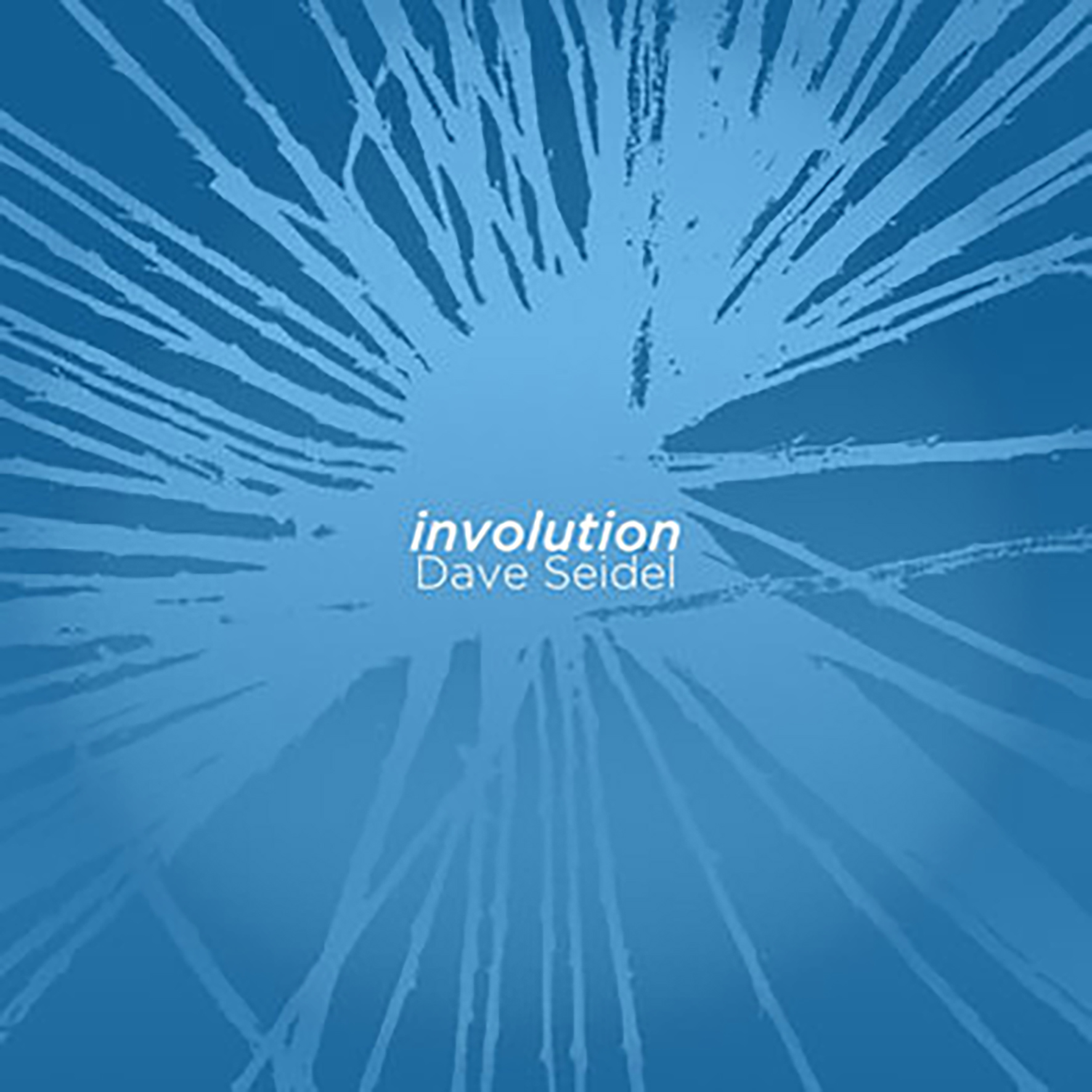 This challenging and overwhelming double album is my first exposure to this NH-based composer, and it was quite a synapse-frying introduction to his uncompromising vision. While Seidel has only been releasing albums as a composer for the last decade or so, he was an active part of NYC's flourishing Downtown music scene in the '80s, and his work feels like it is spiritually descended from that era. Or perhaps from even before that, as he cites Alvin Lucier and La Monte Young as key influences. Unlike most artists inspired by Young, however, Seidel did not stop at dabbling in Just Intonation. Instead, he took "Young's ideal of previously unheard sounds, those that may engender new sensations and emotions in the listener" and ran with it, delving even deeper into unusual tunings until he could bring to life the sonorities that he was chasing. In practical terms, that means that the two compositions here ("Involution" and "Hexany Permutations") are longform drone works teaming with strange and buzzing harmonic collisions, which makes Phill Niblock's XI Records exactly the right home for this epic. While I suspect many people will find Seidel's single-minded and no-frills approach to conjuring unfamiliar sounds intimidatingly difficult, this album will definitely make a big impression on anyone fascinated by the physics and physicality of sound.
This challenging and overwhelming double album is my first exposure to this NH-based composer, and it was quite a synapse-frying introduction to his uncompromising vision. While Seidel has only been releasing albums as a composer for the last decade or so, he was an active part of NYC's flourishing Downtown music scene in the '80s, and his work feels like it is spiritually descended from that era. Or perhaps from even before that, as he cites Alvin Lucier and La Monte Young as key influences. Unlike most artists inspired by Young, however, Seidel did not stop at dabbling in Just Intonation. Instead, he took "Young's ideal of previously unheard sounds, those that may engender new sensations and emotions in the listener" and ran with it, delving even deeper into unusual tunings until he could bring to life the sonorities that he was chasing. In practical terms, that means that the two compositions here ("Involution" and "Hexany Permutations") are longform drone works teaming with strange and buzzing harmonic collisions, which makes Phill Niblock's XI Records exactly the right home for this epic. While I suspect many people will find Seidel's single-minded and no-frills approach to conjuring unfamiliar sounds intimidatingly difficult, this album will definitely make a big impression on anyone fascinated by the physics and physicality of sound.
Dave Seidel is not the first artist to be inspired by the work of Alvin Lucier, but the album that struck him was not one of the usual classics. Instead, Seidel found himself fascinated by a more recent composition, "The Orpheus Variations," which was "based on a particular sonority from the first movement of Igor Stravinsky's ballet score, Orpheus; a sonority that has haunted Lucier for decades." I find "sonority" to be an elusive quality to define, but Lucier's notes on The Orpheus Variations album provide some clarity for what Seidel is attempting, as Lucier views sonority as a sort of phantom energy field that sometimes forms from the unpredictable interactions of waveforms. On Involution, Seidel exactingly employs a modular synthesizer and CSound to conjure one ghostly, buzzing energy field after another like a sorcerer. He succeeds most beautifully with the three-part "Involution," which resembles an endlessly shifting feedback sculpture in which alien dissonances take shape and dissolve into buzzing drones. It calls to mind a magician pulling rabbits out of a hat, as it is a series of pregnant lulls punctuated by blossoming microtonal events that make the air feel humming and alive. The six-part "Hexany Solution" feels like a darker, more disconcertingly alien variation of the same phenomenon, as it exists in an uncanny valley that transforms melody into something that feels wrong and grotesque. It reminds me of Michael Gordon's Decasia, suggesting a time-stretched recording of an out-of-tune string quartet that feels unnervingly artificial, as though someone who never heard a cello was trying to reproduce its sound waves with a modular synthesizer. I mean that as a compliment, as otherworldly harmonies and tunings rarely yield comforting and consonant sensations, yet Seidel's queasy and unsettling sound fields are very much not for the dissonance-averse. Given that and the complete absence of any firmer melodic or textural ground, immersing myself in Involution for its full two-plus hour duration is a bit of an endurance test, yet I am nevertheless fascinated by the unique and reality-bending soundscapes that Seidel brings vividly to life. This is challenging and adventurous sound art unlike nearly anything else that I have heard.
Samples can be found here.
Read More

